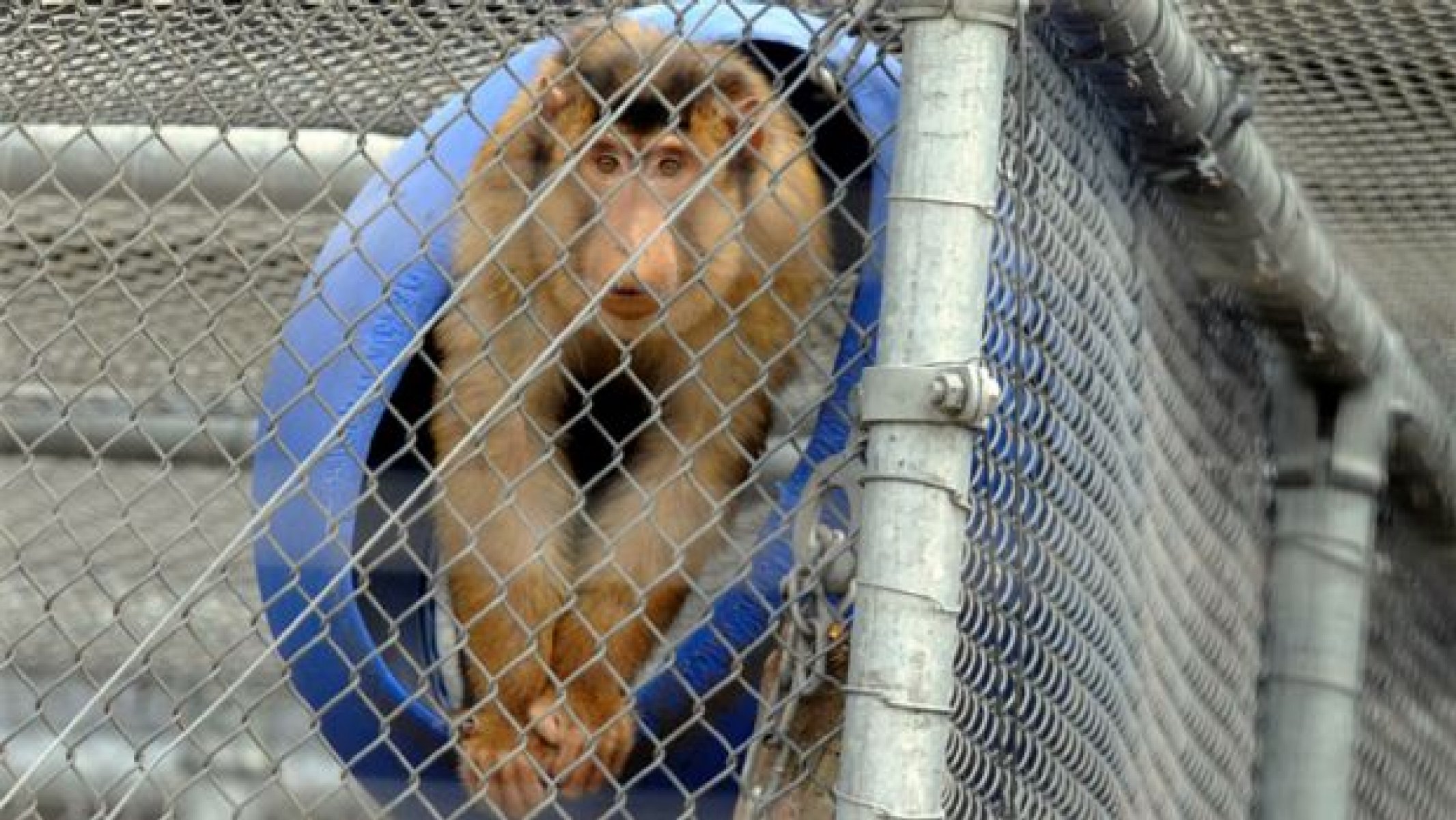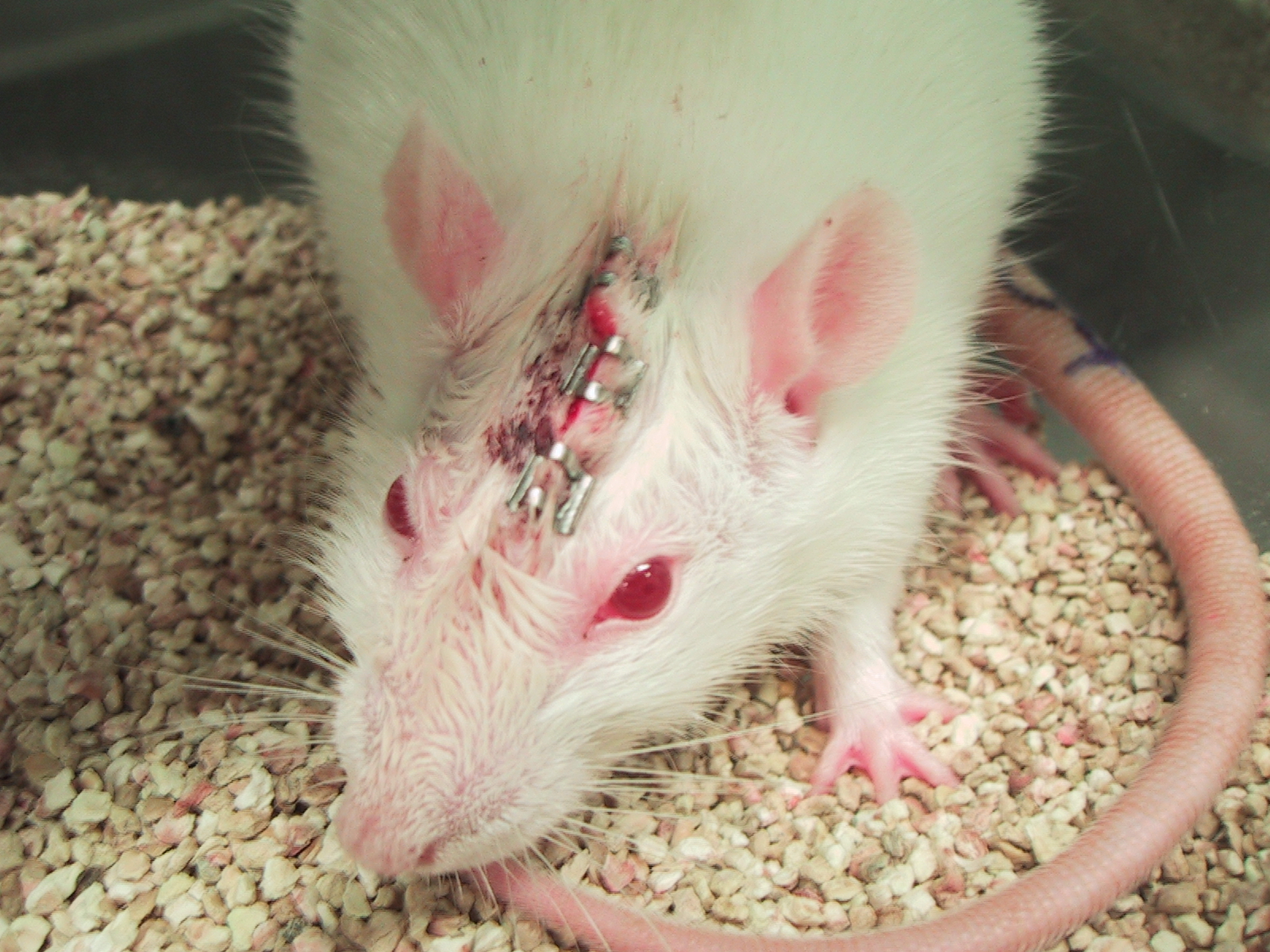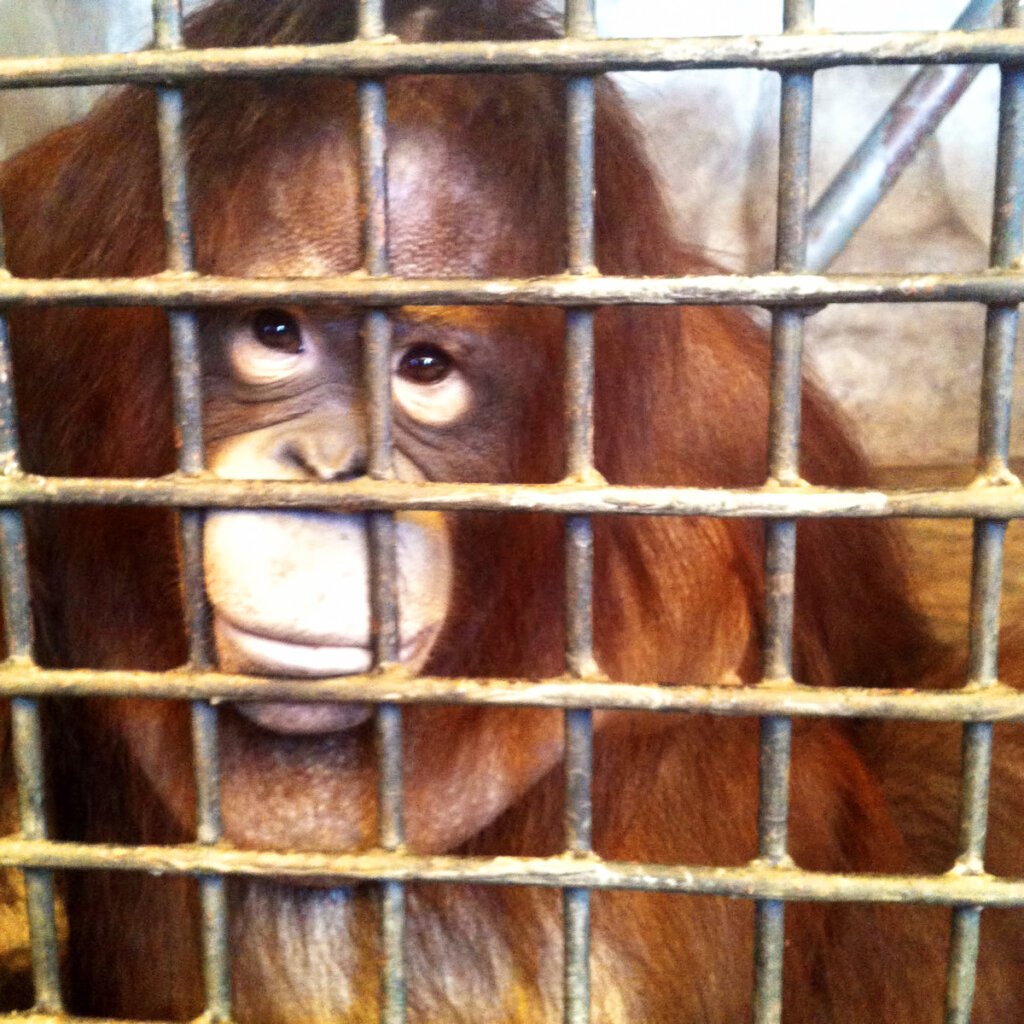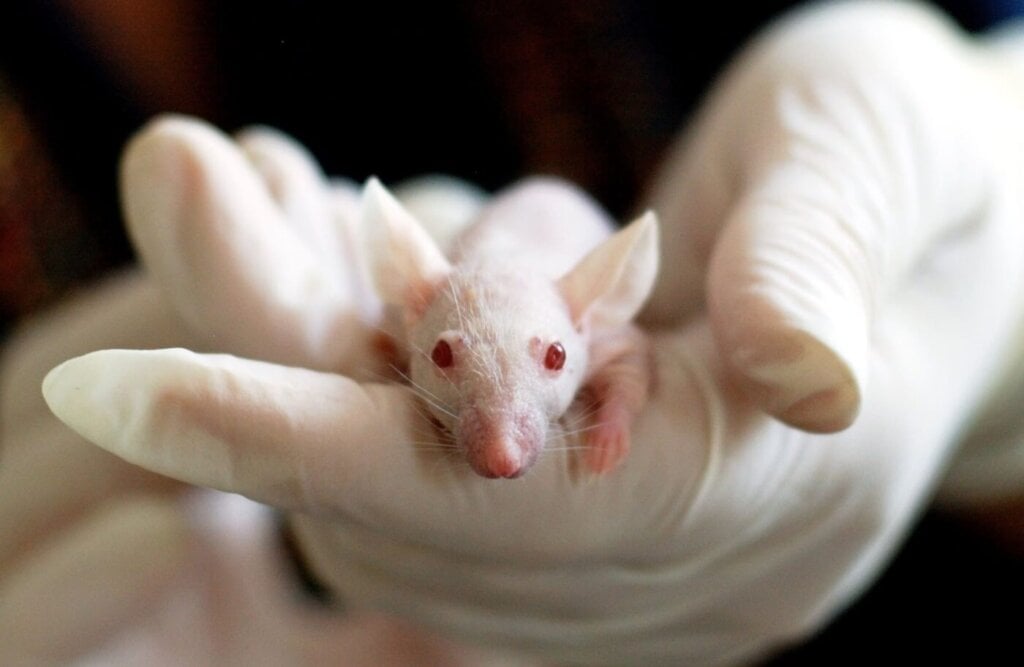
Product and Medical Testing
Every year, millions of animals in Australia endure painful, frightening procedures at the hands of experimenters. These tests are indefensible, both morally and scientifically, and in many ways, they’re actively hindering medical progress. Yet while public support for animal testing is dwindling, many scientific institutions are still failing to move forward by embracing cutting-edge, non-animal technology with the potential to save countless human and animal lives.
Millions of Victims
Unlike some other countries, Australia maintains no national compilation of animal use statistics. Even at the state and territory level, there are sometimes long delays in reporting the use of animals – or just no reporting at all.
Humane Research Australia estimates that around 6 million animals are used for experiments and teaching in Australia every year. More than 25,000 of them were subjected to experiments with “death as an endpoint”, in which the animals were purposely killed during the experiment, not euthanised later.
Monkeys are addicted to drugs, and holes are drilled into their skulls. The skin of sheep and pigs is burned off, and the spinal cords of rats are crushed. Tiny mice are made to grow tumours as large as their own bodies, kittens are purposely blinded, and rats are forced to endure seizures. In archaic medical training courses, pigs and dogs are cut open and killed, rats are dropped into containers of water and forced to swim for their lives, and hard plastic tubes are forced down the delicate throats of cats and ferrets.
All these animals have the capacity to feel pain and fear, and they suffer intensely when they are poisoned, cut open, blinded, electrocuted, or infected with deadly diseases in barren, windowless prisons.

Animal Experimentation Is Big Business
The public perception that experimenters primarily use animals to make necessary advances in the field of medicine is a false one. Animal testing is a highly profitable industry, allowing universities, breeders, and equipment suppliers to make millions.
Laboratories and their affiliated universities often receive federal government grants (yes, your tax dollars) and private funding from “health charities” to perform animal studies. The Government of Australia’s National Health and Medical Research Council funds three primate breeding facilities and hands out ludicrous amounts of money for obscene tests.
In one federally funded study at Monash University aimed at understanding the organisation of the marmoset brain, the skulls of three live monkeys were cut open so that electric shocks could be delivered to their brains.
Meanwhile, the University of Western Australia, Monash University, and the University of Melbourne have dropped weights onto the brains of mice and rats in an attempt to replicate traumatic brain injuries in humans, without producing any useful results. All three universities’ projects received government funding.
Humane Research Australia estimates that around 15% of animals used in experiments are used for stock-breeding, animal-management, or production purposes. Much of this involves the study of animals kept in intensive housing systems or the genetic engineering of farmed animals, such as cattle and sheep, to increase productivity and the profit margins of farmers.
Of course, the research industry wouldn’t collapse if testing on animals stopped, but people are often reluctant to change – even though this is something of a paradox with respect to the culture of discovery and progress that should characterise the scientific community.

Experiments on Animals Delay Progress for Humans
“Ask experimenters why they experiment on animals, and the answer is: ‘Because the animals are like us.’ Ask experimenters why it is morally okay to experiment on animals, and the answer is: ‘Because the animals are not like us.’ Animal experimentation rests on a logical contradiction.” – Prof Charles R Magel
Setting aside the ethical arguments against using animals in experiments, there are biological differences between humans and other animals that make most experiments scientifically redundant. The world’s foremost medical research funder, the National Institutes of Health in the US, has noted that 95% of all new medications that are shown to be safe and effective in animal tests fail in human trials because they don’t work or are dangerous. And of the small percentage of drugs approved for human use, half end up being relabelled because of side effects that weren’t identified in tests on animals. Studies show that 90% of basic research, most of which involves animals, fails to lead to human treatments.
In addition to producing misleading results, animal tests are also costly – since they often involve breeding, feeding, housing, and, eventually, disposing of, living, feeling beings for studies that almost never help humans.

Better Research Methods
Human clinical and epidemiological studies, human tissue- and cell-based research methods, cadavers, sophisticated high-fidelity human-patient simulators, and computational models have the potential to be more reliable, more precise, less expensive, and more humane alternatives to experiments on animals. Advanced microchips that use human cells and tissues to construct fully functioning postage stamp–size organs – known as “organs-on-chips” – allow researchers to study diseases. A model “microbrain”, which can be used to study tumours and new medications, has been developed, along with artificial skin and bone marrow.
Imagine if all the time and money spent on archaic tests on animals were funnelled into finding modern, meaningful solutions to diseases that are actually relevant to humans.
Read more about human-relevant research methods here.

Changing the System
In Australia, we’re mostly denied the right to know what’s happening to animals in laboratories, even though our taxpayer money is paying for the experiments. The Australian code of practice for the care and use of animals for scientific purposes is a self-regulating system that offers very little protection for animals in laboratories.
Even so, we are seeing some changes. After a nearly four-year campaign by PETA, our international affiliates, and Humane Research Australia, the Royal Australasian College of Surgeons announced in 2017 that it would stop using live animals in its Early Management of Severe Trauma programme. Before we took action, training in this programme involved cutting holes into the throats, chests, and legs of dogs and pigs.
We also persuaded more than a dozen pharmaceutical companies, including Roche, Bristol-Myers Squibb, and Johnson & Johnson, to ban the use of the forced swim test on animals, in which mice and rats are dropped into inescapable containers of water – a cruel and discredited test for depression medication which is less predictive than a coin toss. Meanwhile, we’re encouraging Victoria University of Wellington and other institutions to follow suit.
Globally, big changes are occurring. The Dutch government, after consulting with PETA US and PETA UK scientists, has announced that animal procedures will be phased out in required regulatory testing, including that involving chemical substances, food ingredients, pesticides, medicine, and vaccines, by 2025. Meanwhile, the US Environmental Protection Agency, after working with PETA US scientists, has announced plans to phase out funding and requesting tests on mammals.
What You Can Do
Always buy cruelty-free products. If you aren’t sure whether your favourite brands drip chemicals into rabbits’ eyes, check out PETA US’ comprehensive database.
Donate to humane charities. Unfortunately, many health charities fund animal testing, often without making that clear to members of the public. If you’re considering making a donation, first enquire to make sure the charity doesn’t conduct or fund animal experiments.
Join PETA’s Action Team. PETA is campaigning to end the forced swim test at universities and pharmaceutical companies. Please sign the action alerts linked to in the previous sentence and then join our Action Team to stay informed about new campaigns.
For more ways to help, check out the handy list here:
Animals Used for Experimentation:
Help Animals in 2025: Renew Your PETA Membership!





